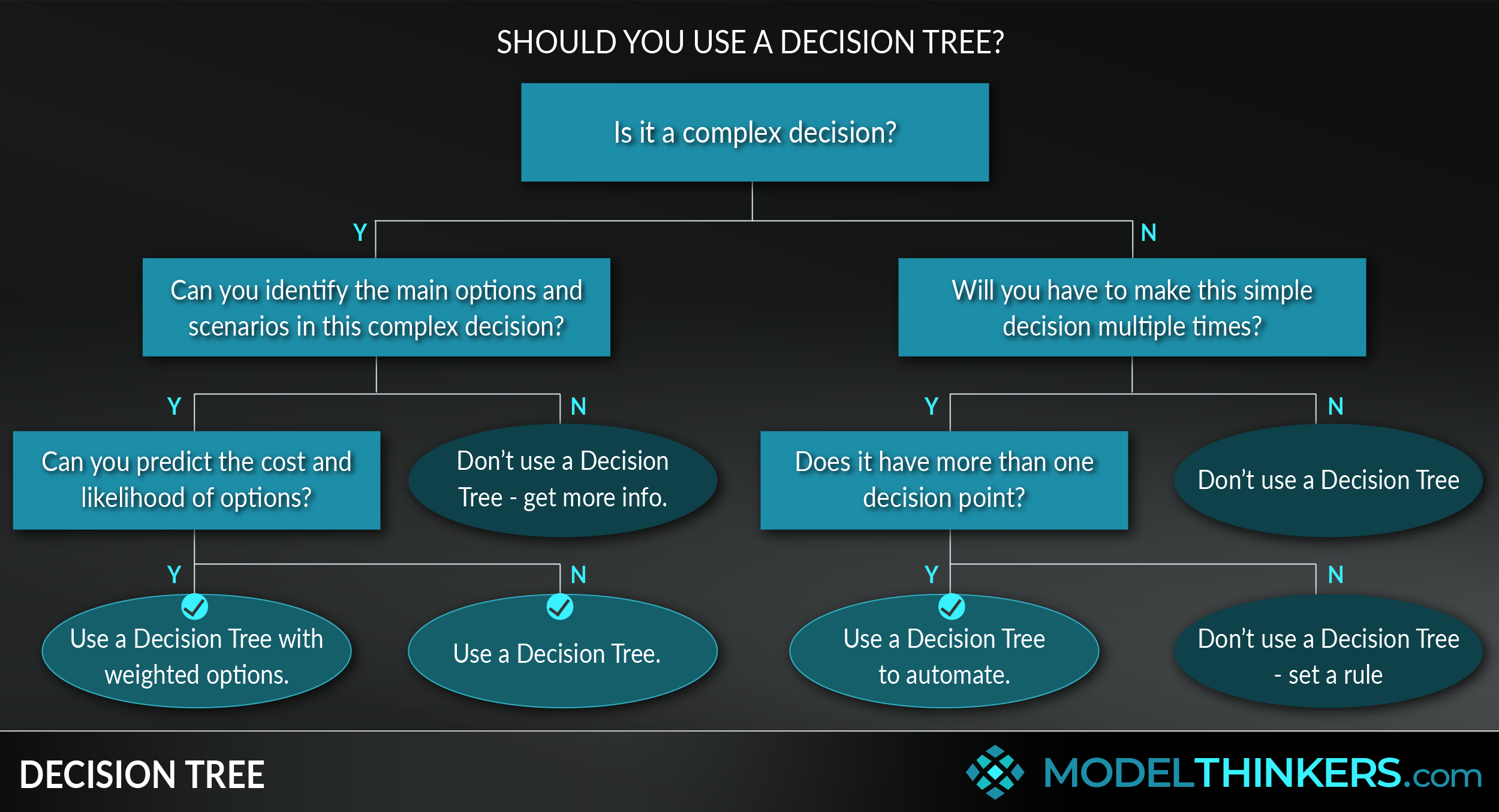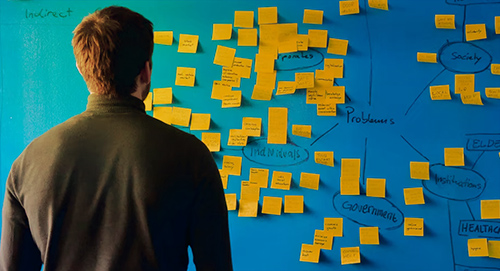Popular searches
Categories
Learn & Achieve
Collaborate & Lead
Deliver Value
Live Well
Make Better Decisions
Industry Knowledge
Sub categories
Learn & grow
Set & reach goals
Grow wealth
Be happy & healthy
Be more productive
Manage projects
Models

 0 saved
0 saved
 23.6K views
23.6K views
(0)
Share this with your network








Share this with your network




Overview
We make countless decisions every day — so it's surprising that we haven't developed better ways of making them. Well actually, we have... but maybe you're not using them yet.
Dive into this practical Playbook for better decisions and be sure to follow the links for more information on each. As always, exclusive member content is signified with a padlock icon.
This Playbook includes the following sections, select a heading to jump to that section.
DECISION-MAKING PREPARATION
Put yourself in the right context and headspace to make an effective decision by understanding and mitigating against your biases.

This foundational Behavioural Economics model is a crucial starting point to appreciate that most of the decisions you make will be fast and irrational. The question then is how will you slow yourself down and support a more considered decision?

One of the implications of fast thinking and our bias laden approach, is the Confirmation Heuristic. It's almost unavoidable, so keep asking 'what would I see if I were wrong?'


Another bias involves throwing good money after bad with the Sunk Cost Fallacy, so consider how to take a fresh look at a decision.
DECISION-MAKING BASICS
Explore some fundamental tools and concepts to help improve your decision-making.


Be aware that any decision you make will tend to over value short-term returns over longer-term ones because of Hyperbolic Discounting.

You will likely never have all the information you want to make a decision, there will always be another perspective or consideration, so why not timebox your decision-making process?


Weigh up your decision and the gains you hope it will deliver against the Opportunity Cost of the road not taken.

Want to follow a consistent path for decisions and take the cognitive load out of the equation? Consider adopting Decision Trees.

The classic cost benefit analysis had to get a mention here. Such an analysis might be quite complex, tracking time and intangibles. But, in it's simplest form, this model presents a way to quickly weigh options.


When you're weighing up several options be sure to create criteria and a baseline comparison with the Pugh Matrix.

This Model represents a quick, versatile way to sort through and prioritise options, and can also be used to evaluate a single decision point. Simply map your potential effort against it's potential impact or results. It's a particularly useful model to use visually as part of co-design sessions.


This one was pulled it out of an Amazon shareholder letter from Jeff Bezos. Perhaps a little more 'agile' than the average 'simple decision' Model, but we like to include it because it speaks to a more realistic decision-making context —that of fast-paced organisations.

Don't just take a 'set and forget' approach, consider running a Split Test to explore options further and gather more data.

Stop looking for perfection and embrace Bounded Rationality and Satisficing for faster, practical, and happier decision-making.


Another one from Bezos for those big life decisions, it simply asks whether you'll regret your action or non-action in the future.


A simple way to check your decision against potential risks and pitfalls.

This approach from the Heath brothers sets out to mitigate four of the most common decision-making problems.
COMPLEX DECISION-MAKING
Ready to take your decision making to a whole other level? Start here.

Use this framework to explore whether you are indeed in more complex, or complicated territory and ensure that you adjust your decision-making approach accordingly. A critical starting point to contextualise what tools and frameworks might be most relevant to your situation.

An iterative decision-making process that was inspired by fighter pilots and plays well with Cynefin.


You're not necessarily going to get everything from your decision, so break down your requirements more clearly with the MOSCOW model. A good one to combine with Satisficing.


It's tempting to just consider the next step and immediate consequence with a decision, but take a moment to look downstream with Second-Order Thinking.

Want a more data-driven approach to your decision-making? You might want to use this framework that was created by Spotify.

Finally, before you commit to a Minimum Viable Product or course of action, why not test your Riskiest Assumption?
Premium content
Please do login or sign up to see premium contect
Subscription expired!
Please renew your subscription to access this feature.
 My Notes
My Notes
Delete note
Nothing here yet. Join ModelThinkers and login to be the first to comment.























